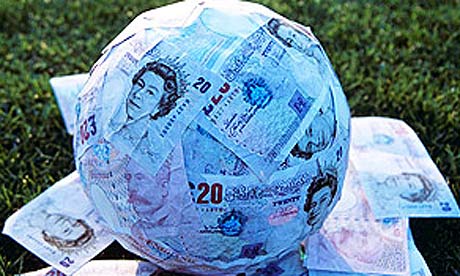Structure in football: putting formations into context

This article was published as a chapter in the FC Barcelona Innovation Hub Football Analytics Guide, 2020. The Guide is freely available for download by filling out the online form here . Links to other work cited in this chapter are given at the end. Formations are the foundations of tactics in football. They provide structure to a team that helps the players to position themselves and broadly defines their specific roles in attack and defence. They are the means through which managers attempt to maintain control of high-value territory while denying their opponents the same. The debate around formation tactics is as old as the game itself and is a central theme in the history of how the game is played. Innovations in formations have mirrored the evolving balance between defensive solidarity and attacking flair, discipline and freedom of expression and outcomes versus entertainment. From the early 2-3-5 ‘pyramid’ in the late 1800s to the more balanced W-M formation of Herbert Chapman



